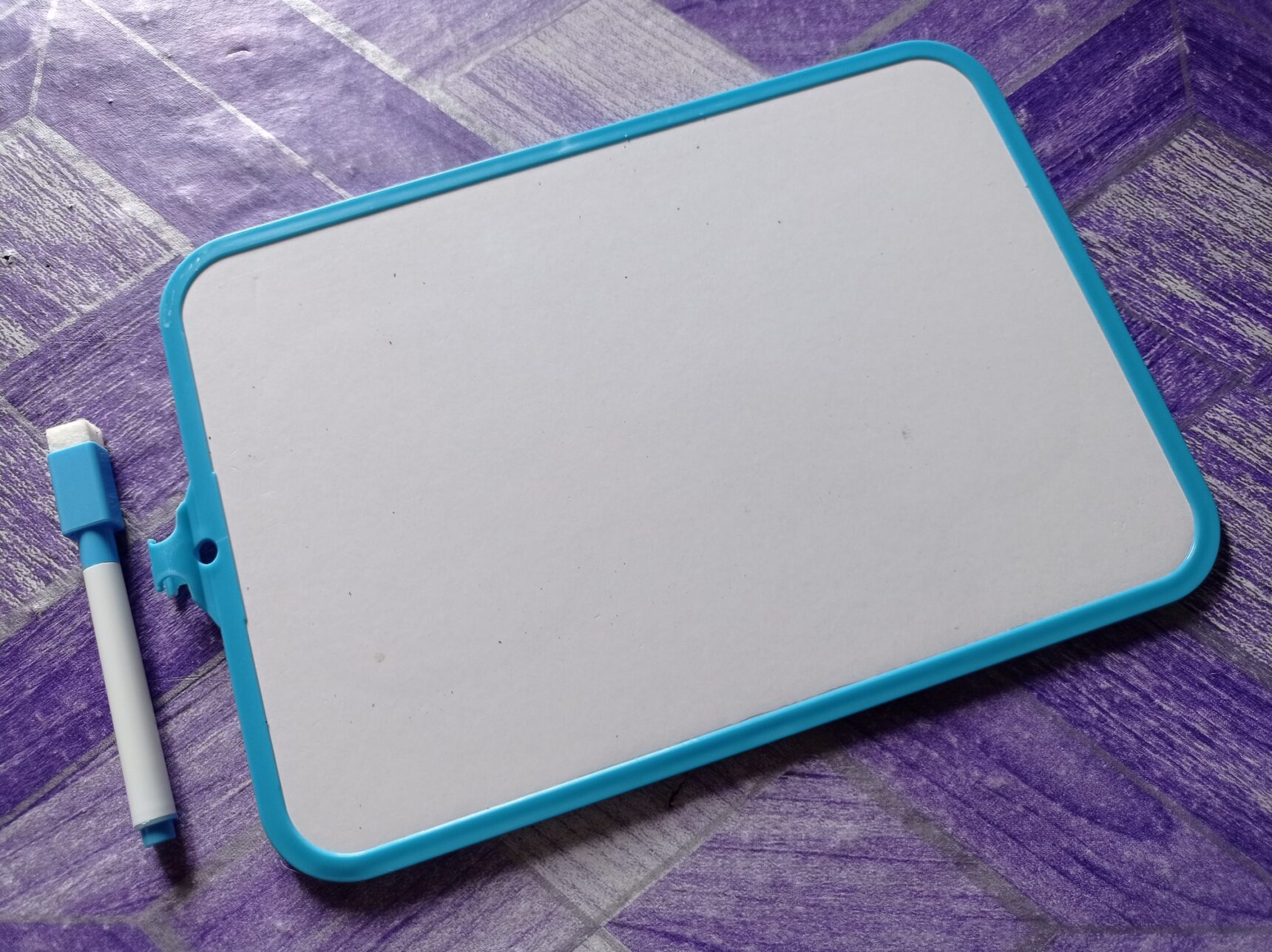Contents:
When I started teaching, amongst the myriad jargon was AFL (Assessment for Learning). It seemed to be the thing that all observers wanted to see during their bi-annual, hour-long, career-defining observations. The problem was that no one could clearly explain what effective AFL looked like in practice. In truth, AFL is too vague a term to be of any practical use.
A current ECT (Early Career Teacher) might be more familiar with a check for understanding than with AFL. Blame Rosenshine. However, this term is less vague, more useful, and more easily interpreted by everyone: check if the students understand what you’ve just taught them.
The power of mini whiteboards
Rosenshine found that more effective teachers check for understanding often. This can be done in countless ways, but my personal favourite is the mini whiteboard. These can be used to quickly assess all students’ understanding of a concept in seconds.
The teacher can see all the correct answers.
All misconceptions.
All errors.
All in seconds.
If an error is spotted, it’s easy to take a student’s whiteboard, share the mistake with the class, and correct it. This technique, which Lemov calls show call, is a powerful method for addressing errors with the whole class. Try it!

There are plenty of other reasons to love the mini whiteboard, but for me, the ability to constantly check the understanding of an entire class is unmatched by anything else I’ve tried.
A few other reasons to embrace the mini whiteboard:
1. Enforced accountability
Some students are very good at acting busy. They know how to make it look as if they’re working when, in reality, they’re coasting. Mini whiteboards can enforce accountability. Students have to write in large print, allowing you to easily scan a whole row of answers while they’re writing. Students very quickly get the message that they cannot opt out of your lesson.
2. Encourages risk taking
Try as I might to enforce the idea that ‘exercise books are for making mistakes’, many students are reluctant to write anything which may be incorrect in their book. The mini whiteboard is the perfect solution to this mindset. It reinforces the idea that taking risks is a good thing and that mistakes are learning opportunities.
3. Everyone participates
When you ask a class to write their answers on a mini whiteboard, you’re forcing every student to commit to an answer. Compare this with cold-call questioning, where only a handful of students share their thoughts: the participation ratio is much higher with mini whiteboards.
Still have reservations about using mini whiteboards in your lessons? They are probably addressed in this excellent article by Didau on the use of mini whiteboards in the English classroom.

When used well, the mini whiteboard is one of your most powerful classroom tools. Use them!
Colleagues who know me will be fed up with my obsession with Adam Boxer’s book Teaching Secondary Science. If you found any of this useful, I would highly recommend his book or blog (A Chemical Orthodoxy), where you’ll find lots of ideas for incorporating mini whiteboards into your lessons!








Comments